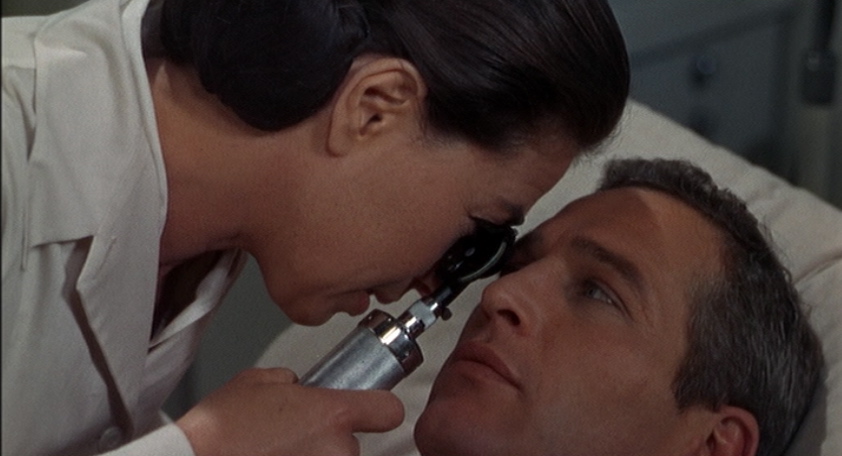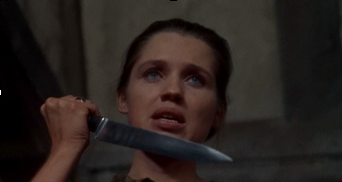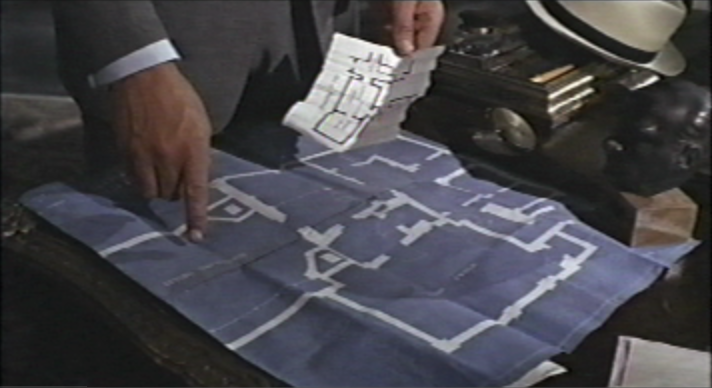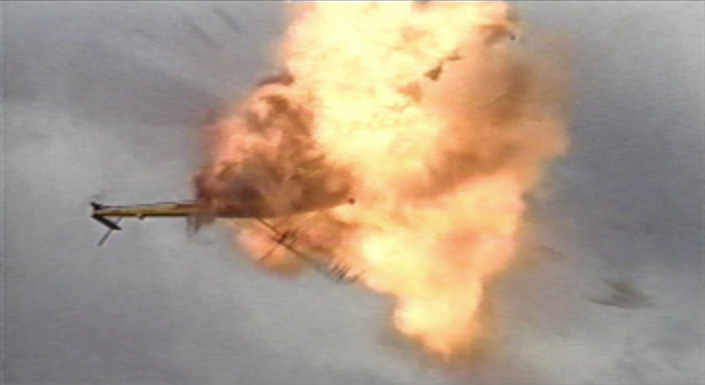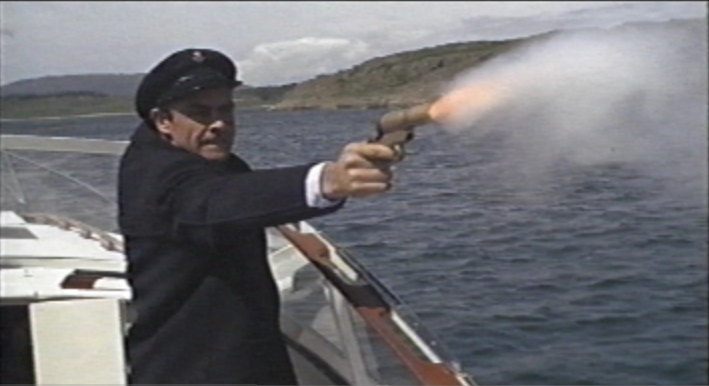Michael Armstrong vs. James Bond
- Similarities
- Differences
- The Women
That Arresting Rhythm: John Addison, Bernard Herrmann and John Barry
"A Visual Torn Curtain": Opening Credits
Michael Armstrong vs. James Bond
However, despite certain parallels between Michael and Bond, Hitchcock frequently makes direct contrasts between the two men. The fact that in the scene discussed on the previous page Michael only stirs his martini but never actually drinks it indicates that though he might be a spy, he is no James Bond.
Moral Culpability
Neither man is presented as a completely straightforward hero. However, though James Bond is frequently criticized and labeled an “anti-hero” because of his cynicism, brutality, and misogynistic attitude toward women, he is still a hero and the primary object of identification within the films 22. Michael, however, becomes morally culpable when the audience learns that he is lying, stealing, and endangering lives for his own “selfish ambitions” and that we do not know the outcome of his success—will it or will it not end nuclear war? Perhaps, in the hands of a superpower like the United States, this advanced missle knowledge will only lead to an actual nuclear attack. There is no way of knowing 23. Robin Wood insists that despite last minute commercial pressures to tweak Michael into a more typical hero, “we are being discouraged (unsuccessfully) from feeling the character to be as nasty as he in fact is” 24.
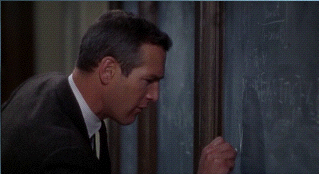
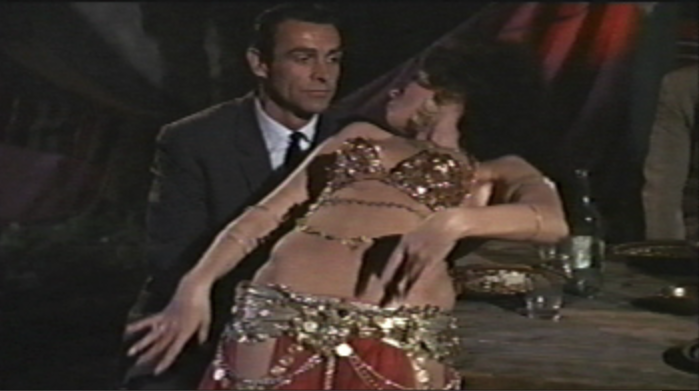
Michael "battles" kindly Lindt and Bond enjoys Gypsy hospitality
Independence and Initiative
Michael’s dependence on others separates him from Bond and in this respect he is a typical Hitchcock spy who cannot succeed alone 25. Though Bond is a professional spy while Michael is only an amateur like typical Hitchcock spies, it is Michael who travels of his own volition while Bond is M’s “executive functionary,” taking orders from his chief 26. Both men have a group of contacts but Michael utilizes his to the extreme while Bond seems to treat his more as friends. Michael must rely upon his "friends in high places" who get him his initial contact, the leaders of Pi, the farm wife who helps him murder Gromek, Dr. Koska, the Countess Kuchinska and even the cryptic Herr Albert in order to achieve his goal and ultimately escape from East Germany. In fact, the person who becomes most indispensible to his success is the person he spends most of the film refusing to tell the truth to: Sarah. It is Sarah who flirts with Lindt, giving Michael the chance to talk to him; who convinces Michael to help the Countess so that she will help them; who finds the right door at the theatre 27.
Michael's Life LinesBond, on the other hand, while he has his contacts in Istanbul, namely Kerim Bey and his organization of sons who help him gain blueprints of the Russian consulate and plan escape routes, he seems to be able to take care of himself. When chased by a helicopter throwing grenades at him, he dispatches it with a shot from his rifle; when chased by a team of boats, he shoots at spilled fuel in the water and manages with two shots to blow up every boat. Even when Rosa Klebb, the newly appointed Number Three at SPECTRE, seems to have Bond cornered and Tatiana comes to the rescue, her intervention shows not so much Bond’s dependence on her but her change in alliance. She assists Bond while breaking her vow to help Klebb and her original alliance to SPECTRE. In other words, the audience does not really doubt that left on his own Bond could not find a way to defeat Klebb and bring the Lektor home to M.
Kerim Bey and Bond taking care of himself

